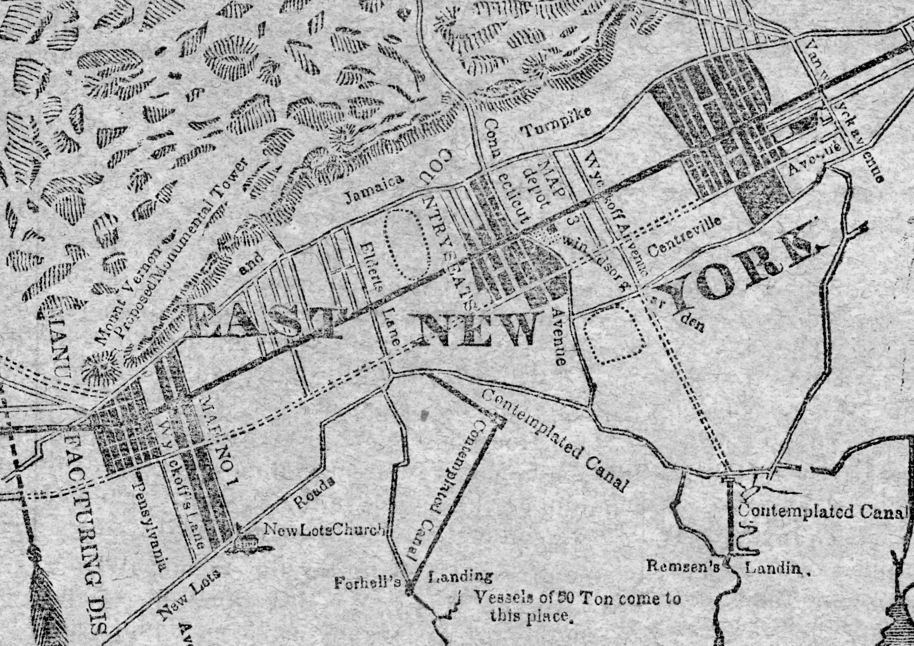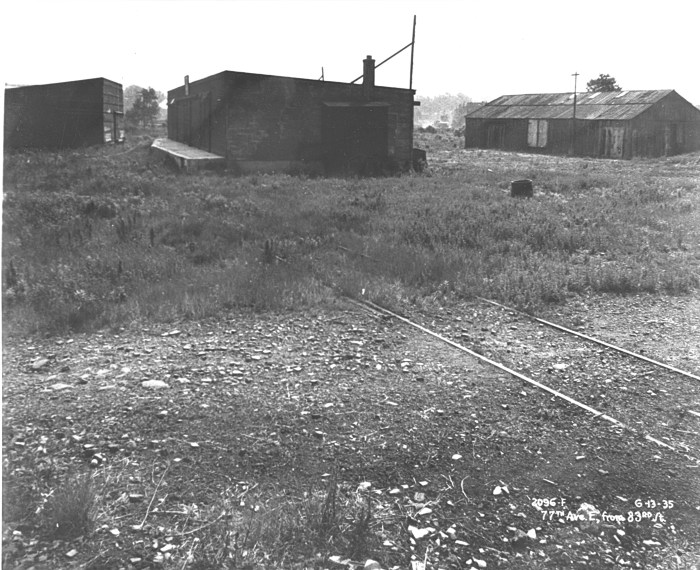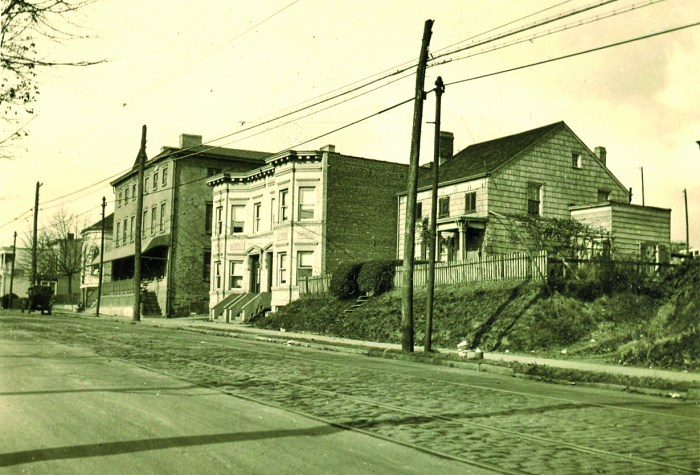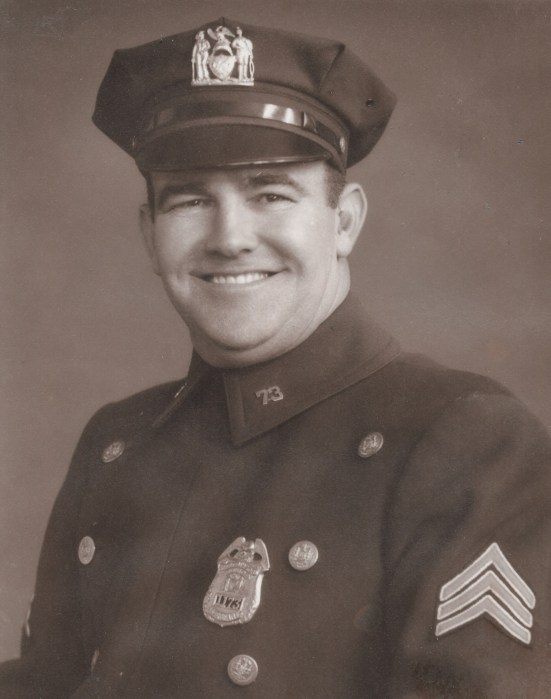The son of a shoemaker, John R. Pitkin left home at the age of 12 to seek his fortune. A hard working young man, Pitkin worked on different farms for several years, his earnings starting at $5 per month and soon reaching $11. Having put aside his money for school, Pitkin soon had an education and began a dry goods business.
Within a few years, Pitkin’s business was earning $100,000 a year and he had the capital to enact his dream of a new city, called East New York, stretching from Brooklyn all the way to Jamaica. One by one, Pitkin began purchasing the land from the old Dutch settlers – the Lotts, Van Siclens, Wyckoffs, and the Snedickers among them.
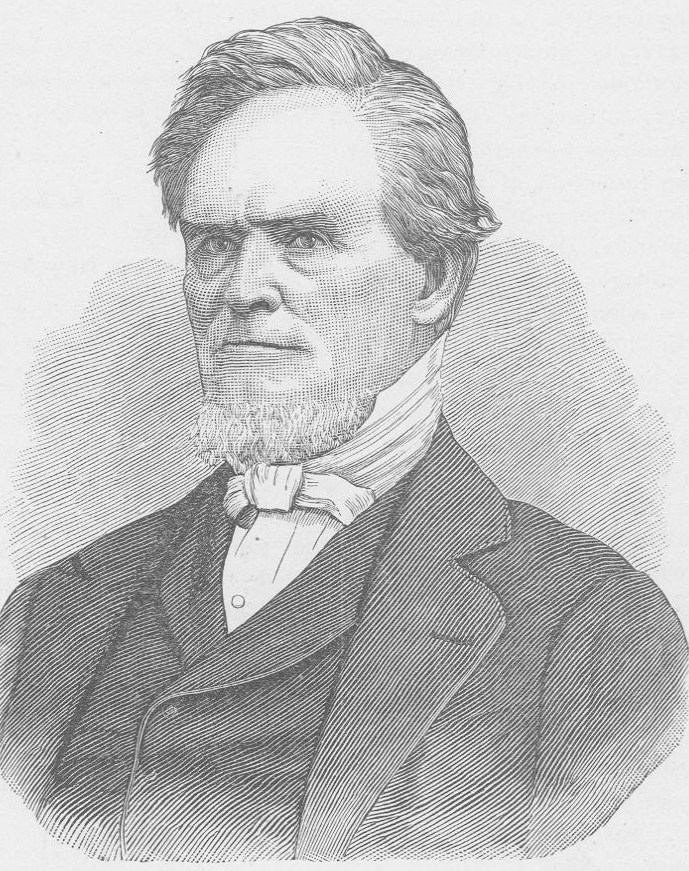
Pitkin’s plans crumbled during the Panic of 1837, when banks were shuttered, factories went out of business and thousands of people lost their jobs. He was forced to sell off everything except the piece he called Woodville, established July 1, 1835.
Woodville turned out to be a good investment. The railroad from Brooklyn to Jamaica ran through it (along Atlantic Avenue), as did the main road from Flushing to the Rockaways (today’s Woodhaven Boulevard). And the Jamaica Plank Road was yet another road from Brooklyn to Jamaica going directly through Woodville (and would eventually become known as Jamaica Avenue).
These three well-traveled roads through Woodville brought businesses and workmen and the population began to grow. Between the roads in and out of Woodville, and the traffic generated by the popular Union Course racetrack, hotels and restaurants began to open up and flourish.
Woodville grew so much so that in 1853 the village applied to the U.S. Government to establish a post office. However, the petition was rejected because there was already a Woodville, in Jefferson County in upstate New York, and the law stated that there could not be two post offices with the same name in the same state.
And so, being determined to have their own post office, the citizens of Woodville contemplated a change of name. One popular suggestion was Edgewood, due to the fact that the village’s borders were thick with heavy timber. Ultimately, however, Pitkin’s suggestion of Woodhaven was selected as the new name of the now nearly 20-year old village.
In those days, the original village of Woodhaven stretched much further south than it does today. Maps of this era show that most of the village of Woodhaven was south of Atlantic Avenue. The land between Atlantic and Jamaica Avenues was slow to develop, but houses eventually began to crop up all over the place.
The land between Jamaica Avenue and Park Lane South was the last of Woodhaven’s farm lands to fall victim to the population boom. Real estate developers began to create sections within Woodhaven – Wyckoff Park, Simpson Park, Columbia Park, Napier Park, Eldert Park, Belmont Park and Chester Park among them.
All of those names have been lost to history, but two sectional names in Woodhaven did manage to survive for a time. One section, Brooklyn Manor, was east of Woodhaven Boulevard and North of Jamaica Avenue. It shared a name with the Long Island Rail Road’s Rockaway Beach branch station at Jamaica Avenue on the border with Richmond Hill.
The station was demolished in 1962 but the Brooklyn Manor name still pops up on maps from time to time and the name is still visible in a few businesses, most notably the near century old Manor Delicatessen on Jamaica Avenue between 94th and 95th Streets.
The other section was a small four-to-six square block area known as Ozone Park, allegedly called such because of its healthy ocean breezes. Built surrounding the Ozone Park station of the same Rockaway Beach branch, the name not only survived, but the area grew and developed its own identity.
Regarded as a section of Woodhaven for many years, in the mid to late 1920s newspaper accounts began referring to the area as Ozone Park and the borders began to take shape and match what we are accustomed to today.
So, although Pitkin’s original plan of a new New York City ultimately failed, it did bear fruit with the birth of Woodhaven (and Ozone Park), with Woodhaven celebrating its’ 188th birthday this July 1.

